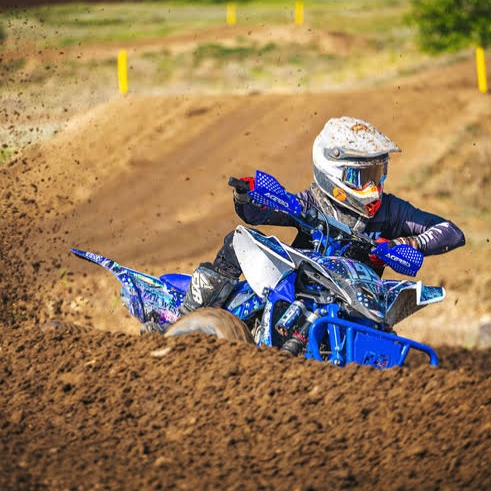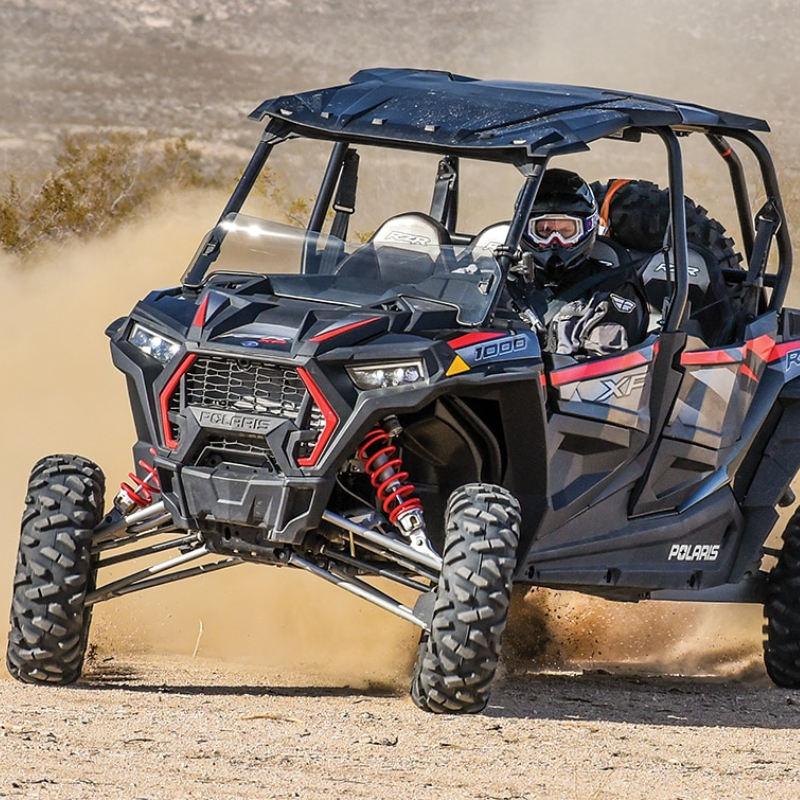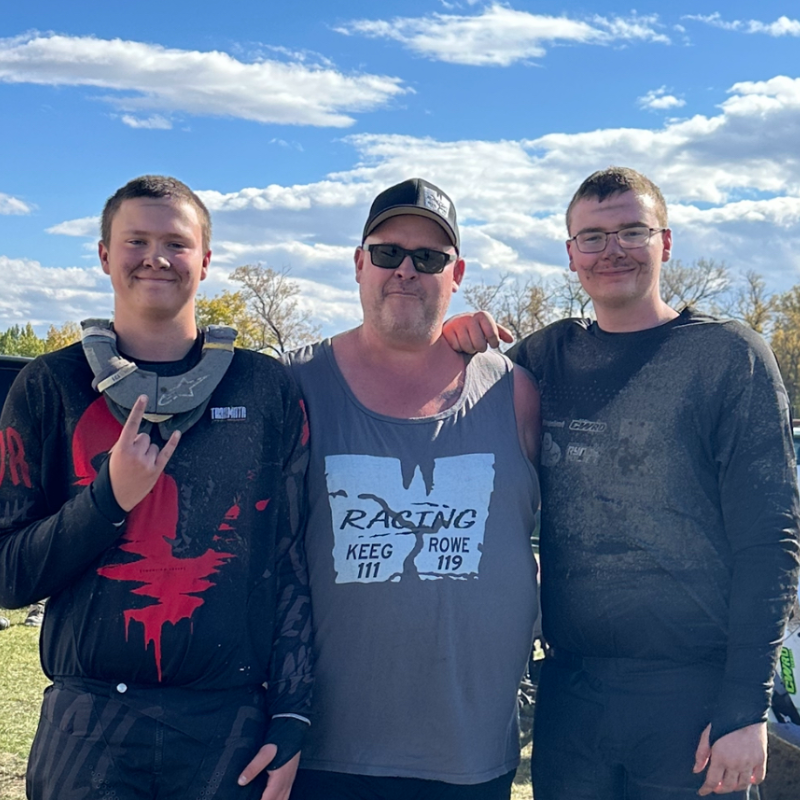Gordon Galloway is the go-to person for safety training and initiatives in B.C. After several decades of being a part of the provincial snowmobile scene he bought a quad in 2000 and has been involved with ATV/BC ever since. He’s served in a number of positions with the organization and has now been the safety chair for four years.
ATV/BC primarily focuses on three different aspects of safety. The first is training safety instructors who go on to teach others how to ride safely. There are at least 50 qualified in B.C., said Galloway.
“First of all, to become an instructor you have to take the rider course, let’s call that six or seven hours,” said Galloway. “Then it’s a four-day training program after that. We go through about 40 items and there’s some testing involved. When I train instructors on Day 4 they do a class all on their own. I stand back and observe and then I make the immediate corrective action as needed if things aren’t working out just right.”
Another part of safety at ATV/BC is trail patrol. Patrollers wear safety vests and spend time on the trails. Although safety patrollers are only able to advise riders, Galloway said that quadders are generally receptive once they realize that the information is well intended.
Finally, youth education is an important part of ATV/BC’s safety initiative. The organization puts on workshops in classrooms at the Grade 6 or 7 level. There are currently about 14 instructors in the province who can train youngsters in a school setting. A curriculum has been developed that includes about an hour of class time, and a workbook. For active training, Galloway said there are three seperate levels of instruction.
“We train at three levels,” he said. “The first is for six years old to 11. It’s very, very mandatory that the size of the ATV suits the (riders). For that age group it's a 50-cc machine. The maximum number we can train in each class is four. The parents cannot train with the children, but it’s mandatory that they be in attendance.
“The next level is ages 12 to 16. Parents have to sign a consent form but at this level a parent can take a rider course with the student. We can teach six to a class at this level. The maximum ATV size here is 90-cc. After age 16 then anybody can train on any machine. I trained a couple last year and they were over 70. If they pick one thing out of it that they’ve never known before then that’s great.”
There are a pretty good number of ATVers in the province who are getting safety training, said Galloway. Still, only a fraction of riders are actually members, so joining ATV/BC is an excellent way to support safe riding.
“If we had big numbers it gives us a lot more credibility in teaching and protecting our right to ride while promoting environmentally friendly and safe riding,” said Galloway.








Comments